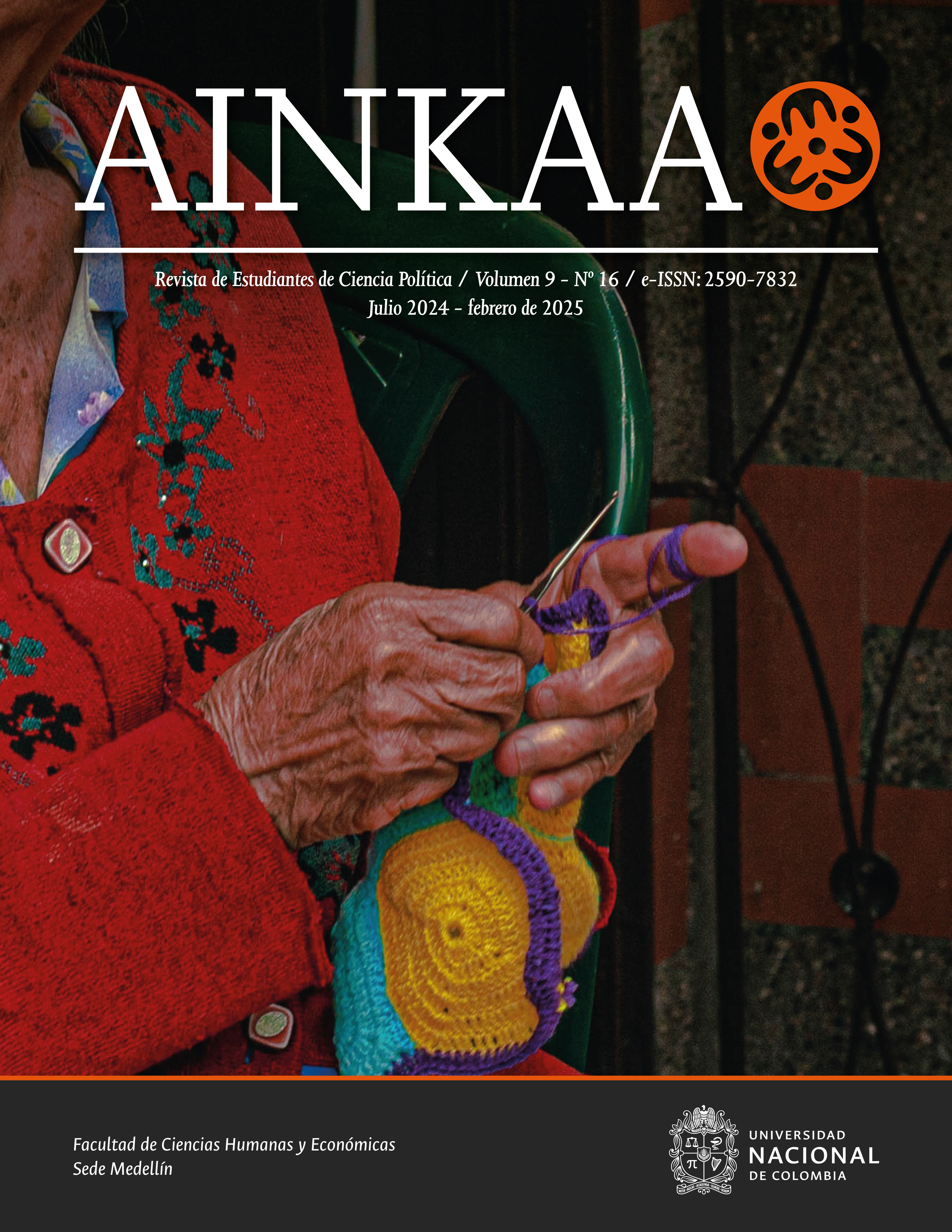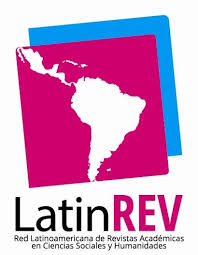International conflict and strategic games: challenging conventional approaches to mathematical modelling in International Relations
Keywords:
formal modeling, empirical test, international conflict, audience cost, strategic interaction gamesAbstract
The prevalence of international conflicts makes them one of the main topics of discussion among International Relations (IR) scholars. The discipline has largely attempted to model the conditions and scenarios in which armed conflicts arise, and has sometimes employed formal models as tools to generate hypotheses and predictions. In this article, I discuss two different approaches to formal modeling in IR: one that fits data to mathematical models and another that derives statistical equations directly from the assumptions of a model. Through this analysis, I pose the following question: how should mathematics and statistics be linked to consistently test the validity of formal models in IR? To answer this question, he examined James Fearon's audience cost model and Curtis Signorino's strategic interaction game, and highlighted their mathematical assumptions and implications for formal model testing. I argue that Signorino's approach offers a more coherent set of epistemological and methodological tools for testing models, since it derives statistical equations that respect the assumptions of a model, whereas the data fitting approach tends to ignore such considerations.
References
Bas, M. A., Signorino, C. S., & Walker, R. W. (2008). Statistical backwards induction: A simple method for estimating recursive strategic models. Political Analysis, 16(1), 21-40.
Beer, F. Jr., Johnston, E. R., DeWolf, J., & Mazurek, D. (2014). Mechanics of materials. McGraw-Hill Education.
Bower, A. (2009). Applied mechanics of solids. CRC Press.
Bueno de Mesquita, B., & Lalman, D. (1992). War and reason: Domestic and international imperatives. Yale University Press.
Burden, R. L., & Faires, J. D. (1989). Numerical analysis. PWS-Kent Publishing Company.
Carrubba, C. J., Yuen, A., & Zorn, C. (2007a). In defense of comparative statics: Specifying empirical tests of models of strategic interaction. Political Analysis, 15(4), 465-482.
Carrubba, C. J., Yuen, A., & Zorn, C. (2007b). Reply to Signorino. Political Analysis, 15(4), 502-504.
Clarke, K. A. (2003). Nonparametric model discrimination in international relations. Journal of Conflict Resolution, 47(1), 72-93.
Clarke, K. A. (2007). A simple distribution-free test for nonnested hypotheses. Political Analysis, 15(3), 347-363.
Clarke, K. A., & Signorino, C. S. (2010). Discriminating methods: Tests for non-nested discrete choice models. Political Studies, 58(2), 368-388.
Eyerman, J., & Hart, R. A. Jr. (1996). An empirical test of the audience cost proposition. Journal of Conflict Resolution, 40(4), 597-616.
Fausett, L. V. (2003). Numerical methods: Algorithms and applications. Pearson Education.
Fearon, J. D. (1994). Domestic political audiences and the escalation of international disputes. American Political Science Review, 88(3), 577-592.
Gartzke, E., & Lupu, Y. (2012). Still looking for audience costs. Security Studies, 21(3), 391-397.
Green, D., & Shapiro, I. (1994). Pathologies of rational choice theory. Yale University Press.
Keohane, R. O., & Nye, J. S. Jr. (2011). Power and interdependence: World politics in transition (4th ed.). Longman.
Kroese, D. P., Brereton, T., Taimre, T., & Botev, Z. I. (2014). Why the Monte Carlo method is so important today. Computational Statistics, 6(6), 386-392.
Lenine, E. (2018). Models, explanation, and the pitfalls of empirical testing. Estudos Internacionais, 6(3), 82-97.
Morgenthau, H. (2003). Política entre as nações (7ª ed.). Editora da Universidade de Brasília.
Partell, P. J., & Palmer, G. (1999). Audience costs and interstate crises: An empirical assessment of Fearon’s model of dispute outcomes. International Studies Quarterly, 43(2), 389-405.
Richardson, L. F. (1960). Arms and insecurity. Quadrangle Books.
Schelling, T. C. (1960). The strategy of conflict. Harvard University Press.
Signorino, C. S. (1999). Strategic interaction and the statistical analysis of international conflict. American Political Science Review, 93(2), 279-297.
Signorino, C. S. (2003). Structure and uncertainty in discrete choice models. Political Analysis, 11(4), 316-344.
Signorino, C. S., & Yilmaz, K. (2003). Strategic misspecification in regression models. American Journal of Political Science, 47(3), 551-566.
Signorino, C. S., & Tarar, A. (2006). A unified theory and test of extended immediate deterrence. American Journal of Political Science, 50(3), 586-605.
Signorino, C. S. (2007). On formal theory and statistical methods: A response to Carrubba, Yuen and Zorn. Political Analysis, 15(4), 483-501.
Taagepera, R. (2008). Making social sciences more scientific: The need for predictive models. Oxford University Press.
Tomz, M. (2007). Domestic audience costs in international relations: An experimental approach. International Organization, 61(4), 821-840.
Published
How to Cite
Issue
Section

This work is licensed under a Creative Commons Attribution-NonCommercial-NoDerivatives 4.0 International License.










